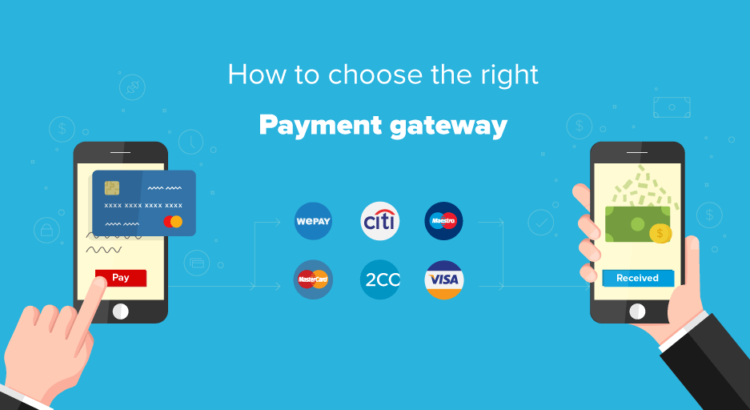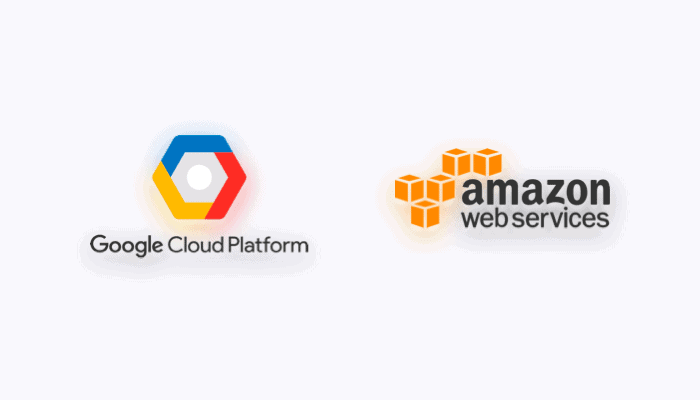In the dynamic landscape of mobile app development, the user interface (UI) and user experience (UX) design play a pivotal role in determining the success and adoption of an application. As technology advances and user expectations evolve, the importance of delivering a seamless and visually appealing mobile experience cannot be overstated.
- First Impressions Matter: The UI is the first point of contact between users and your mobile app. A visually appealing and intuitive interface immediately captures users’ attention and creates a positive first impression. A well-designed UI ensures that users can easily navigate through the app, find what they need, and perform actions effortlessly. This initial engagement is critical in retaining users and fostering long-term usage.
- Enhancing User Experience: While UI focuses on the aesthetics, UX design is about the overall user experience – how users feel when interacting with the app. A well-thought-out UX design takes into account the user’s journey, from the moment they open the app to completing their intended tasks. By understanding user behaviour and preferences, designers can create an interface that not only looks good but also provides a smooth, enjoyable, and efficient experience.
- User Retention and Engagement: Apps with a user-friendly design are more likely to be embraced by users, leading to higher retention rates. If users find an app confusing or difficult to navigate, they are likely to abandon it in favour of competitors with a more intuitive design. On the other hand, a positive UX encourages users to explore the app further, increasing the likelihood of repeated use and customer loyalty.
- Brand Image and Credibility: The UI/UX design of a mobile app is a direct reflection of the brand behind it. Consistent branding, a visually appealing design, and an intuitive user experience contribute to building a positive brand image. Users are more likely to trust and engage with an app that looks polished and professional. A well-designed app not only meets user expectations but also elevates the credibility of the brand.
- Adaptability and Responsiveness: Mobile apps need to be responsive and adaptable to different devices and screen sizes. A robust UI/UX design ensures that the app functions seamlessly across various platforms, providing a consistent experience regardless of the device used. This adaptability is crucial in reaching a wider audience and accommodating the diverse preferences of users.
In conclusion, the importance of UI/UX design in mobile app development cannot be overstressed. Beyond creating a visually appealing interface, it is about understanding the user’s needs and delivering an experience that is not only functional but also delightful. Investing in thoughtful UI/UX design is an investment in the success and sustainability of a mobile app in a highly competitive digital landscape. As technology continues to evolve, prioritizing user-centric design will be key to staying ahead and delivering mobile experiences that truly resonate with users.





